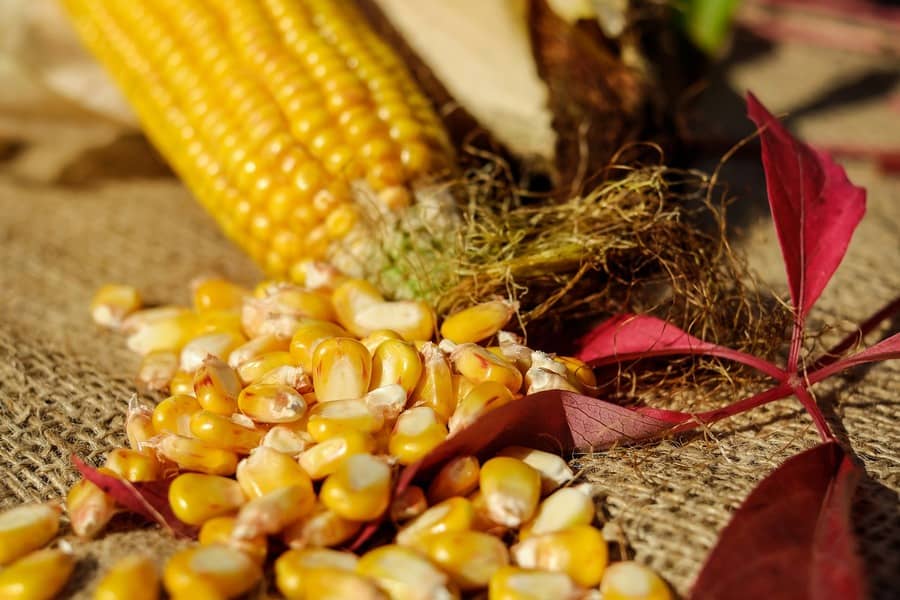Porto Alegre, May 10, 2022 – Brazilian production was reassessed by Safras & Mercado in early May to 118.1 million tons. An apparently minor revision from the last report, but significant regionally. At a time when everyone in the media assesses a corn second crop with strong losses, the current realistic assessment does point to losses in some regions but improvements in others. The second crop is not defined and still needs to be evaluated in the next 30 days, a situation that could bring new figures for national production.
The first correction of the 21/22 crop in Brazil is linked to the better productivity found in the closing of crops in the South region this summer. Losses are still present but with slightly better results than initially expected, especially in locations in the east of the region. A small correction in the number of the summer crop in the Center-South also contributed to the excellent yields in the Southeast and in the summer of Goiás.
The second evaluation involves the 2022 second crop. In this matter, we must consider:
– The planting of this second crop was carried out in a window much earlier than that of 2021. Therefore, the seasonal effects of the weather in each region must be considered different compared to last year. For example, Mato Grosso had less seasonal rainfall after April, so the second-crop yields will hardly be high;
– The weather was quite favorable in most producing regions until mid-April. Therefore, crops were planted in a good window and initially under good development conditions in most areas;
– Lower technology. Many growers basically planted without fertilization or with low fertilization, without prevention against pests, and with the strong expectation of a perfect climate for a perfect second crop with low technology;
– Despite the presence of La Nina, rains have been favorable in the South region, São Paulo, and Paraguay, seasonally weaker in Mato Grosso, and unexpectedly weaker in Minas Gerais and Goiás;
– Mato Grosso normally has less rain after April, and the current picture can be considered normal. Therefore, every year the second crop of the state suffers from less rain in May. The only difference is that the planting was carried out within a perfect window in 2022;
– Minas Gerais and eastern Goiás had a more concentrated planting from February 15 to March 15, with corn that would still be entering pollination in the second half of May. The decrease in the rain was significant in April and continues in May, despite some occurrences in the center of Minas Gerais last week. The losses in these two regions are sharp, reaching 50 to 60% of the planted area in situations in which the crops will not even reach pollination and silking. This happens in the Center-South of Brazil, with real production losses;
– In Paraná, Mato Grosso do Sul, São Paulo, and southwestern Goiás, should problems occur, they will be isolated and do not reflect losses. On the contrary, productivity potentials are high in these regions, and attention is now more turned to the incidence of pests and a late frost by early June that could still affect some crops later and/or affect quality. But there is little chance of a catastrophic frost in the next few days;
– Matopiba’s second crop has had an excellent development. Of course, there are still sixty days of weather ahead, but conditions so far have been exceptional in a record area.
In this set of information, we adjusted the numbers of the Brazilian second crop with an increase in potential yields in Paraná, Mato Grosso do Sul, Paraguay, and São Paulo, with some productivity cut in Mato Grosso and strong losses in Minas Gerais and eastern Goiás. The detail of Mato Grosso is in the initial estimates by some consultancies in Brazil, which put super yields this year for the second crop, with some suggesting the production of 90 million tons and yields above 100 bags per hectare and in an inevitable way. These consultancies will have to correct their production downwards as they did not consider the regional climate seasonality issues that are normal every year. Safras & Mercado takes into account this initial consideration of the regional climate and, therefore, does not exaggerate the early forecasts, always within the Brazilian reality. Minas Gerais and Goiás have the surprise of this year’s premature production losses.
This environment brings us a Brazilian second crop in the Center-South of 83.2 million tons, against 84.5 in the previous estimate. The total production would hit 118.1 million tons, slightly below the previous number. The second crop is still open, and in June a new update will make the production picture clearer.
With these data and with an adjustment in the projections for internal demand, Brazil will need to export between 35/37 million tons, at least this year. Export demand will exist, and for this reason port prices will command the domestic market from now on. Therefore, Chicago’s moves around the US crop along with the exchange rate in Brazil and its electoral process must define the trajectory of prices in the domestic market from now on.
Agência SAFRAS Latam
Copyright 2022 – Grupo CMA

